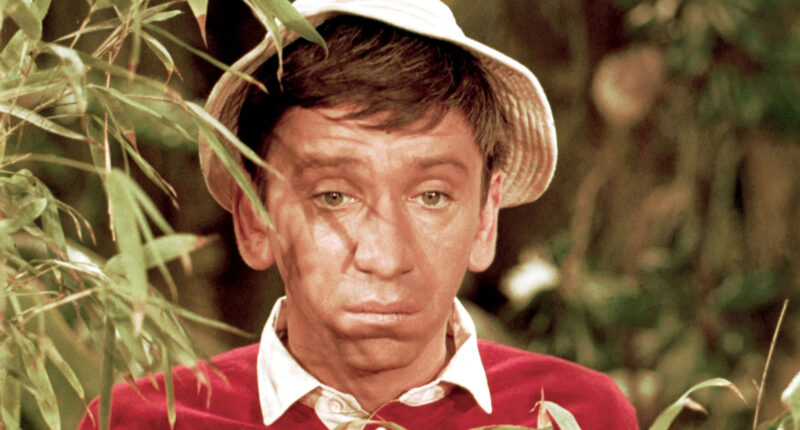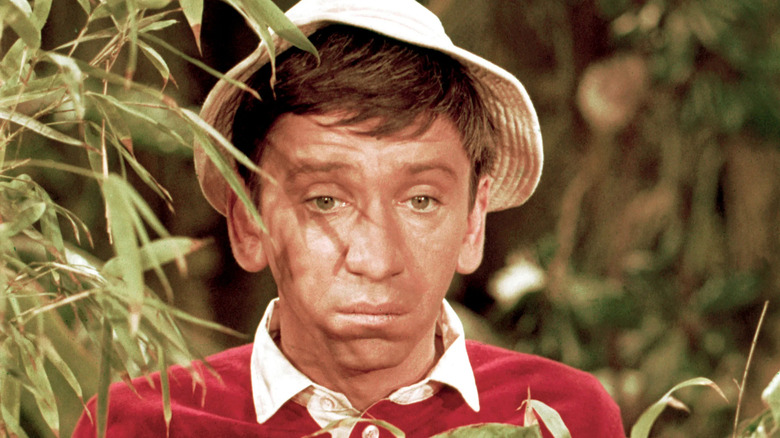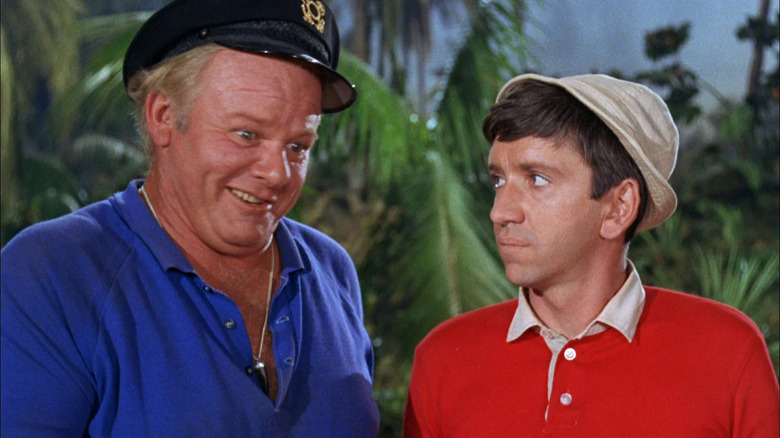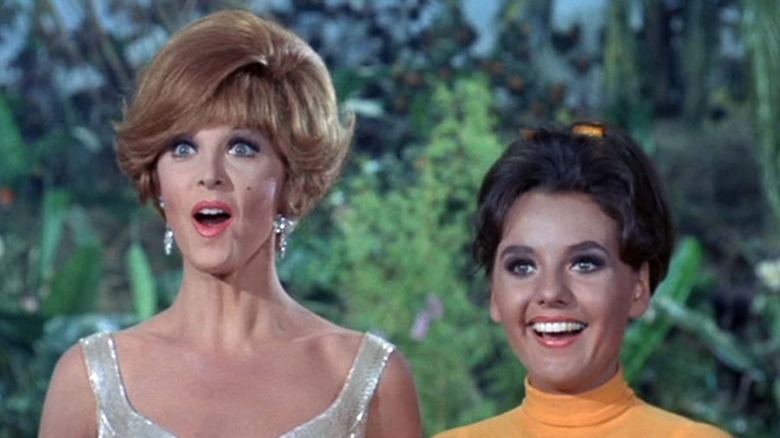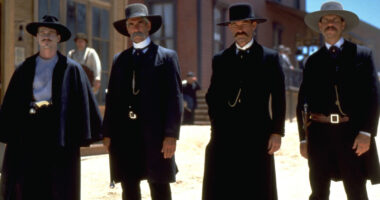Share this @internewscast.com
Before the iconic series “Lost,” there was “Gilligan’s Island,” an equally imaginative show about a deserted island. Spanning 98 episodes over three seasons, “Gilligan’s Island” told the story of a diverse group of individuals stranded on a tropical island after their boat got caught in a storm. The key characters included Gilligan (Bob Denver), the first mate; the Skipper, Captain Jonas Grumby (Alan Hale Jr.); wealthy couple Thurston Howell III (Jim Backus) and Lovey (Natalie Schafer); glamorous movie star Ginger Grant (Tina Louise); the intellectual Professor, Rob Hinkley (Russell Johnson); and farm girl Mary Ann (Dawn Wells). Despite the seemingly impractical scenario, these castaways had all they needed for their ill-fated three-hour tour. However, Sherwood Schwartz faced other challenges when pitching the series to CBS.
In “Inside Gilligan’s Island: From Creation to Syndication,” Schwartz recounts a tense meeting with CBS Television president James T. Aubrey. Aubrey, who had led the network to ratings supremacy in the 1960s against ABC and NBC, attended the meeting along with executives William S. Paley and Frank Stanton. Aubrey suggested a major change to the show, proposing that the island be ditched after the pilot. His vision involved Gilligan and the Skipper rescuing castaways and taking new passengers to different exotic destinations each episode. Schwartz, however, wasn’t persuaded by this proposed format.
Gilligan’s Island was almost Gilligan’s Travels
James T. Aubrey saw potential in what he called “Gilligan’s Travels.” Inspired perhaps by the success of shows like “The Love Boat” and “Fantasy Island” in later decades, Aubrey believed in creating an anthology-style travel series with new characters played by celebrity guests each week. He argued that a deserted island setting would confuse viewers and required too much explanation to justify why the castaways remained stuck. But Schwartz had another idea. To address these concerns, he crafted “The Ballad of Gilligan’s Island” to succinctly explain their plight at the beginning of each episode, ensuring viewers quickly understood the premise.
Even if you haven’t seen a single episode of “Gilligan’s Island,” you’ve likely heard its theme song, a nifty little tune that catches the audience up on the ill-fated journey of the SS Minnow. Faithful viewers will recall the ship set sail with five passengers for a three-hour tour, was hit by a massive storm, and became shipwrecked on a desert island. The song, which recapped exactly those events, would be sufficient exposition for the show, Schwartz assured the apprehensive Aubrey, allowing audiences to buy into its high concept. (It’s an approach Schwartz would later employ in his other hit series, “The Brady Bunch,” which began each episode with a theme song about a lovely lady with three very lovely girls who met a man named Brady with three boys of his own.) Aubrey was sold, and “Gilligan’s Island” was born.
Gilligan’s Island was about society learning to co-exist
As creator Sherwood Schwartz explained in a 1997 interview with TV Academy, the high concept of “Gilligan’s Island” was a means of exploring what he believed to be “the most important idea in the world today” — a group of people from disparate backgrounds forced to get along and work together when thrown into a desperate situation. Considering the series aired between 1964 and 1967, when the Civil Rights Movement was in full swing, it’s understandable why he would be so committed to this scenario. While it probably would’ve helped to have a cast of characters from different racial backgrounds, there was only so much that could be done at a time when most Southern states still had laws against interracial marriage and would’ve surely boycotted any TV show that hinted at this possibility.
Although “Gilligan’s Island” ended without a proper finale (the castaways never did make it off the island), that did little to hamper the show’s legacy. If anything, it helped the series achieve a kind of magical realism, as Gilligan and the others learned to live harmoniously thanks to some nifty inventions by the Professor. Three made-for-TV movie sequels followed, with the island inhabitants getting rescued and then once more becoming shipwrecked, time and again. Schwartz even tried to launch a “Gilligan’s Island” feature film adaptation that would’ve capitalized on the success of “The Brady Bunch” movie, but it failed to leave port. No matter, because at least his original concept set sail.
